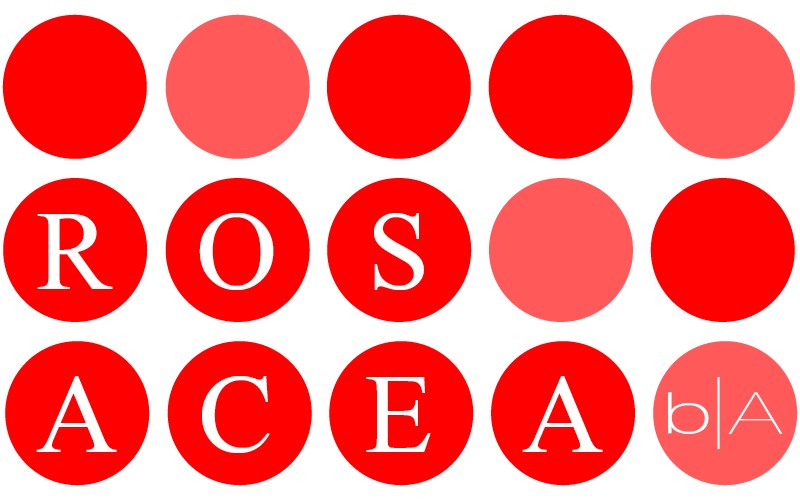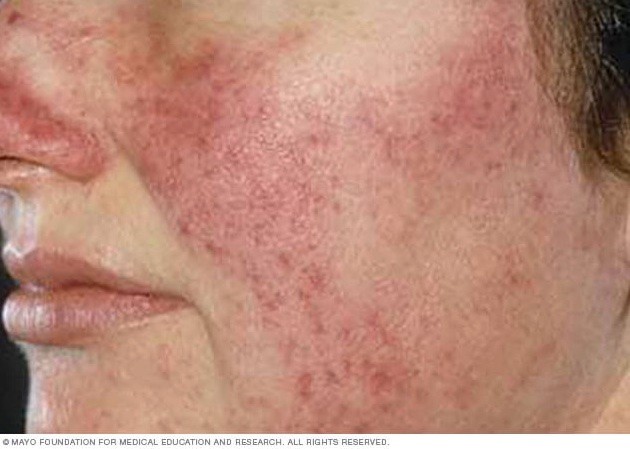
Many people suffer from persistent redness commonly seen on the nose and cheeks, which may likely be an inflammatory skin disorder called Rosacea. Although this is a very common condition, many medical providers tend to under-treat or dismiss the problem all together since it is benign and is not typically physically uncomfortable. But I am of the opinion that an aesthetic abnormality can be very uncomfortable emotionally and therefore should be treated physically.
Here is a short list of the many things I have learned about Rosacea over my years of practice:

Facts about Rosacea:
- Women are slightly more likely to develop it.
- It usually presents between the ages of 30 and 50.
- No cure has been found (yet!) but it can be managed.
- If left untreated, the condition will most likely worsen over time.
- There are 4 different subtypes of Rosacea:
- Erythematotelangiectatic (facial redness)
- Papulopustular (bumps and pimples)
- Phymatous (enlarged red nose)
- Ocular (eye irritation)
Myths about Rosacea:
- Rosacea is caused by poor hygiene- Not true! It is not caused by bacteria but rather overactive blood vessel response to environmental triggers coupled with a compromised skin barrier.
- Caffeine and spicy foods cause Rosacea- Wrong again! Research has shown that it isn’t coffee/caffeine or spicy foods that cause the condition although they may cause flare ups in some people.
- People who have Rosacea are heavy drinkers- Alcohol does not cause the skin disorder but in some people can trigger flare ups. Red wine ranks #1 on the list for causing flare ups.
- Rosacea and acne are the same thing- People with the 2nd subtype of Rosacea have bumps and even pustules that look like traditional acne, but are not.
So how should you manage Rosacea?
Course of treatment depends upon the severity of the condition, but no matter the severity, the first line of defense should be a great skin care regimen. Repair of the skin’s barrier is the first and foremost goal. Epionce has a skin care line that is focused on just that, barrier repair!* Our job as providers is to help our patients find the right regimen for their specific skin condition and the severity presented.
Other modalities of treatment include the use of lasers, energy-based devices and prescription medications, both topical and pill form. It’s a lifelong commitment to taking care of your skin, avoiding triggers that cause flare-ups and getting the proper treatment. With this diligence, patients can see significant improvement in their skin tone and texture* and live life with less of the unwanted “rosy glow.”

